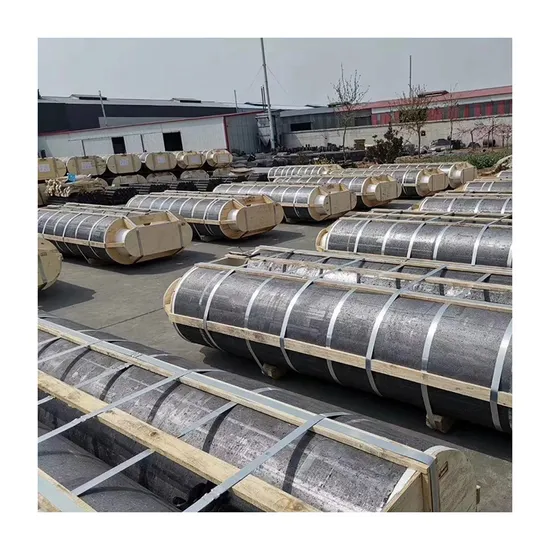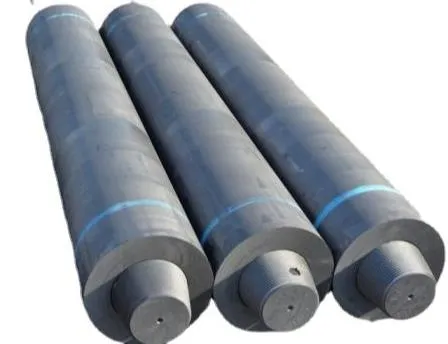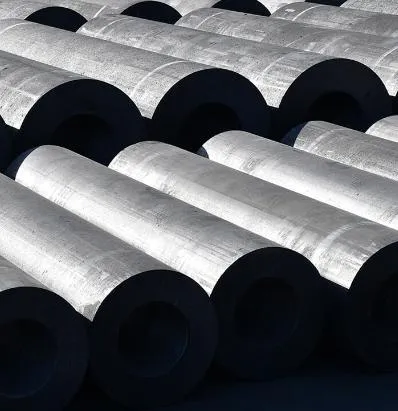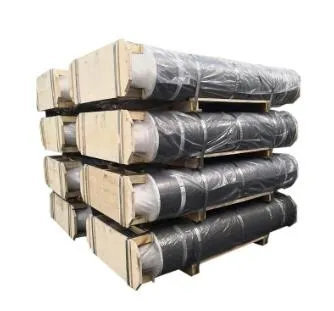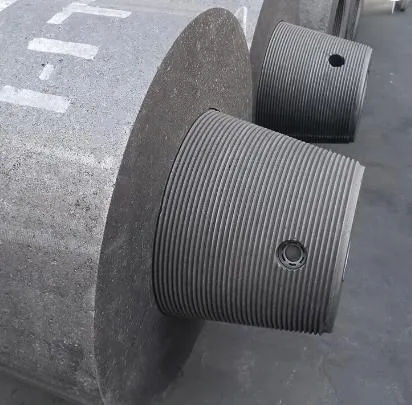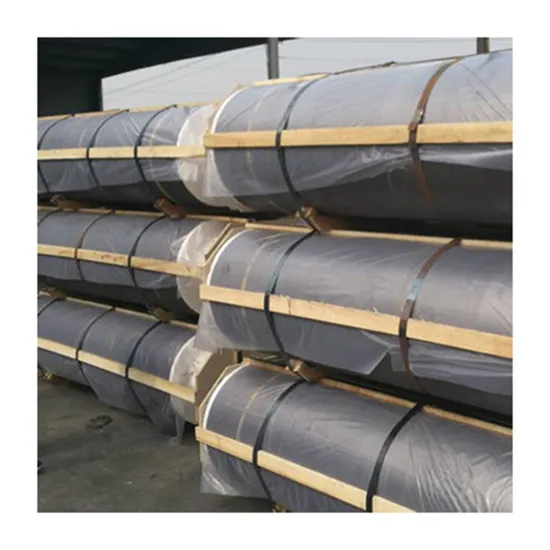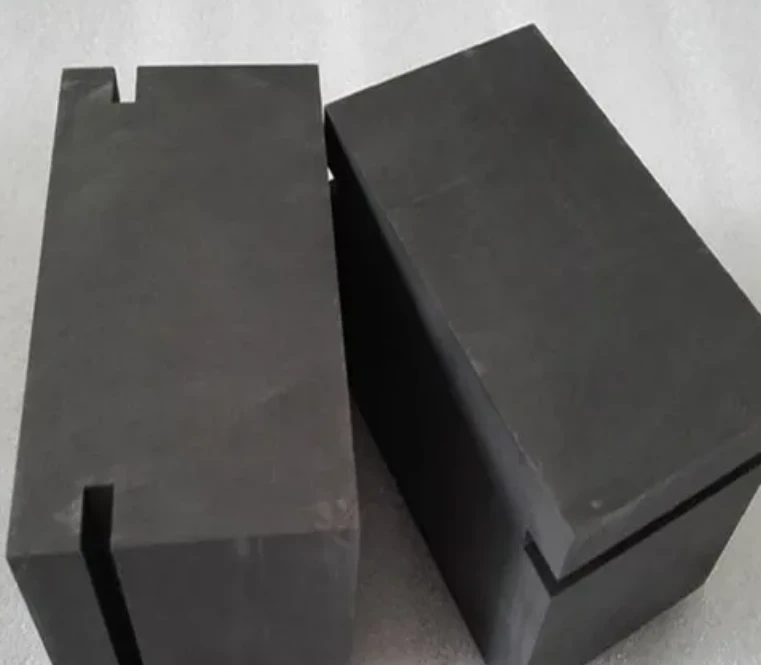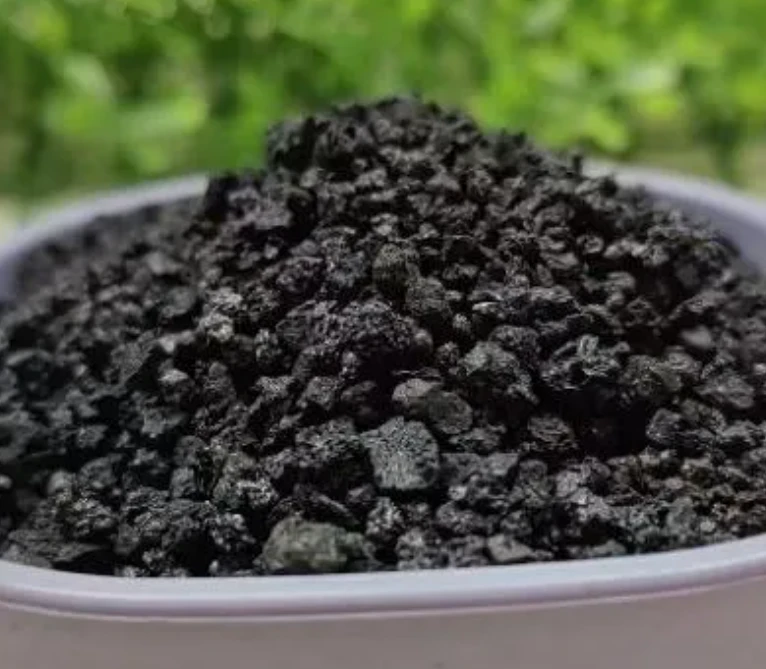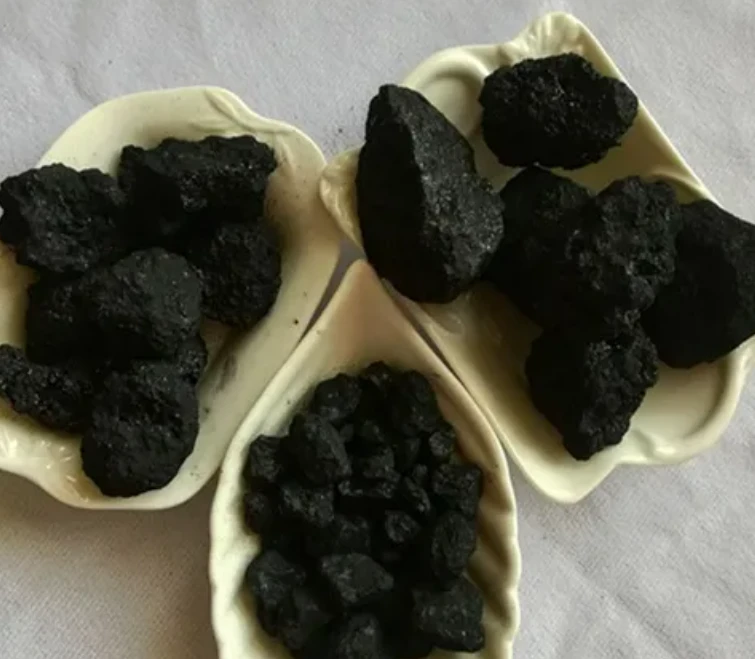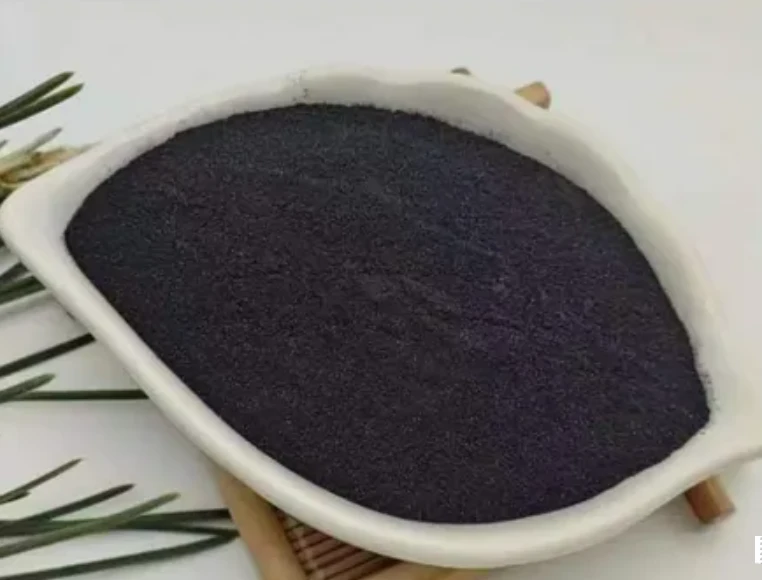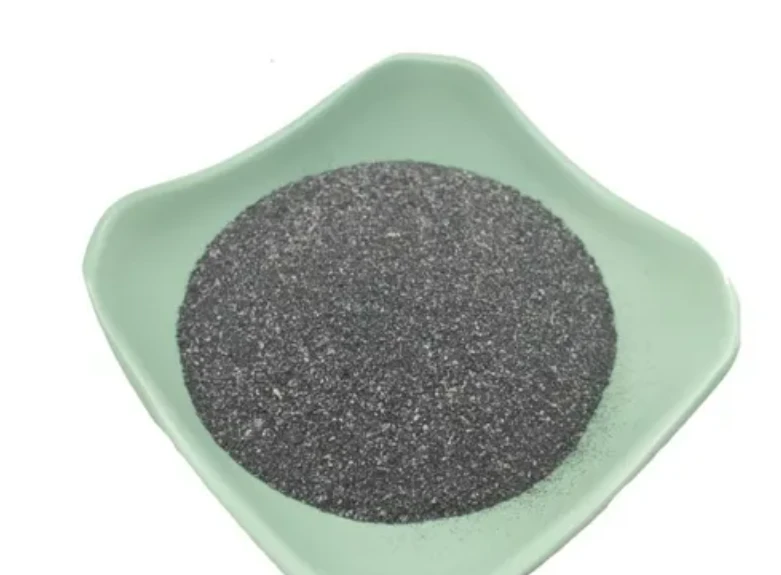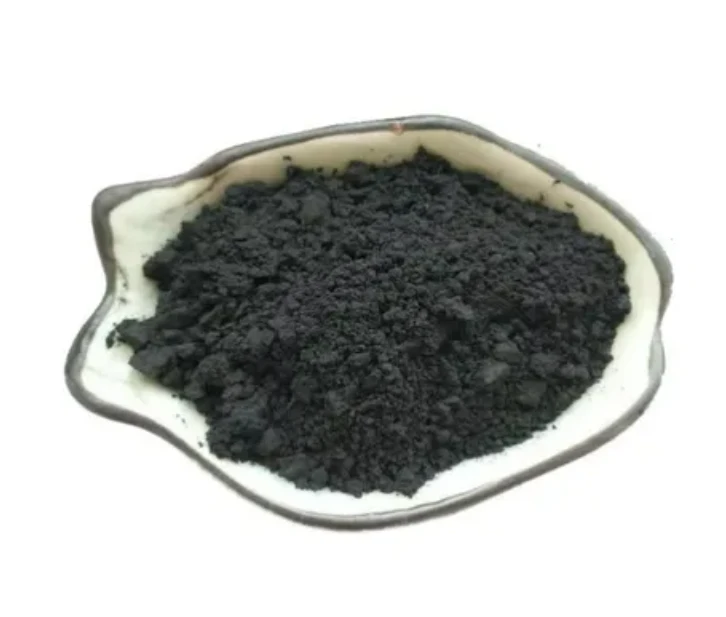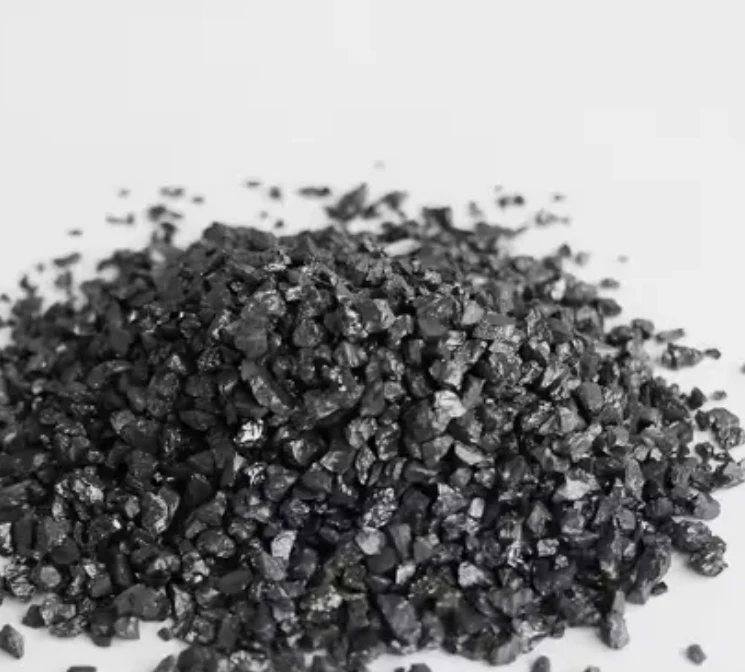- Englist


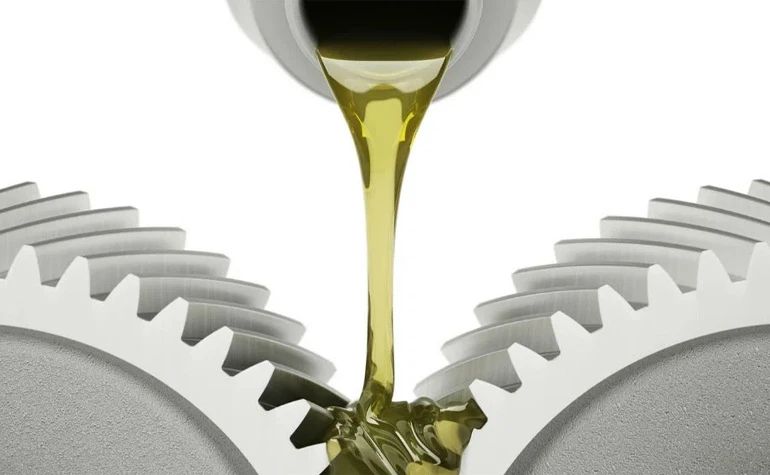
- Introduction to making a graphite crucible
- Material Science: Properties and Selection Criteria
- Graphite Electrodes for Steel Making: Types and Technical Advantages
- Comparative Analysis of Leading Manufacturers
- Customized Solutions for Industrial Demands
- Use Cases and Application Scenarios
- Conclusion: The Future of making a graphite crucible and Advanced Steel Production

(making a graphite crucible)
Introduction to Making a Graphite Crucible: Fundamentals and Significance
The process of making a graphite crucible is fundamental to various metallurgical and industrial applications, particularly in fields where high-temperature performance and chemical stability are paramount. Graphite crucibles are essential in the production of ferrous and non-ferrous metals, glass manufacturing, and laboratory research. Their unparalleled ability to withstand extreme thermal shock and corrosive environments makes them indispensable in steel industries. According to recent industry data, over 75% of premium-grade steel production facilities employ graphite crucibles or related components, highlighting their ubiquity and reliability. In this comprehensive exploration, we delve into the technical properties, market options, and practical applications relevant to graphite crucible manufacturing and their strategic use in steel making.
Material Science: Properties and Selection Criteria
Graphite is a polymorph of carbon known for its layered crystalline structure, which endows crucibles with high electrical conductivity, impressive thermal resistance, and robust mechanical stability. High-purity graphite, with carbon content often exceeding 99.9%, is selected for making crucibles to mitigate impurity-induced degradation during intense heat cycles. The typical density range for such engineered crucibles spans from 1.7 to 1.9 g/cm³, ensuring optimal strength-to-weight ratio. Additionally, low open porosity (less than 15%) is a defining feature, providing resistance to penetration by molten metals and fluxes. When selecting materials for crucible manufacturing, key parameters include thermal conductivity (exceeding 100 W/m·K), maximum operational temperature (approaching 3000°C), and resistance to oxidation.
Advanced composite formulations—such as adding silicon carbide—are increasingly common to further elevate oxidation resistance and mechanical durability. Choosing the right graphite grade also impacts service life and cost-effectiveness, topics further examined in the context of different manufacturing brands.
Graphite Electrodes for Steel Making: Types and Technical Advantages
The adoption of graphite electrodes for steel making has revolutionized electric arc furnace (EAF) steel production. Graphite electrodes serve as conductors of electricity, producing the intense heat required to melt scrap metal and refine steel alloys. High-power and ultra-high-power (UHP) graphite electrodes are preferred for EAF operations because of their high current-carrying capacity (ranging from 30,000 to 50,000 A) and low electrical resistivity (as low as 5.5 µΩ·m).
| Type | Current Capacity (A) | Bulk Density (g/cm³) | Flexural Strength (MPa) | Application Scope |
|---|---|---|---|---|
| Regular Power (RP) | 15,000-25,000 | 1.55-1.65 | 8.0-10.0 | Non-ferrous alloys, basic steel |
| High Power (HP) | 25,000-40,000 | 1.65-1.73 | 10.0-12.0 | Alloyed steel, stainless steel |
| Ultra High Power (UHP) | 40,000-50,000 | 1.73-1.88 | 12.0-15.0 | High-end steel, specialty alloys |
Technological advances in the manufacture of electrodes ensure minimized rate of consumption (as low as 1.5 kg/ton of steel produced), superior oxidation resistance, and longer operational cycles. The integration of these electrodes supports both productivity enhancements and energy savings, which are crucial for competitive steel making processes.
Comparative Analysis of Leading Manufacturers
The global market for graphite crucibles and electrodes is dominated by several established manufacturers—each leveraging proprietary technologies, automated production lines, and stringent quality controls. Industry leaders include SGL Carbon, Tokai Carbon, GrafTech International, and Fangda Carbon. The following table provides a data-driven comparison reflecting critical performance indicators, customization capabilities, and average lead times:
| Manufacturer | Annual Output (tons) | Purity (%) | Customization Flexibility | Average Lead Time | Markets Served |
|---|---|---|---|---|---|
| SGL Carbon | 65,000 | 99.9 | High | 4-6 weeks | Automotive, Industrial, Aerospace |
| Tokai Carbon | 58,000 | 99.5 | Medium | 5-8 weeks | Steel, Foundry, Electronics |
| GrafTech International | 72,000 | 99.7 | High | 3-5 weeks | Steel, Industrial, Power Generation |
| Fangda Carbon | 80,000 | 99.6 | Medium | 5-8 weeks | Asia, Europe, America |
Market reports indicate a 12% compound annual growth rate (CAGR) in graphite product demand since 2020. Choosing the right supplier is critical based on project requirements, standard compliance (such as ISO 9001 and ASTM), and after-sales technical support.
Customized Solutions for Industrial Demands
Diverse industrial sectors are increasingly seeking tailored solutions to meet their unique operational parameters. Customization spans not only dimensions and geometry but also composite reinforcement and surface treatment processes—crucial in prolonging crucible life and optimizing melting cycles. Several manufacturers offer prototyping, on-site material testing, and collaborative design services, enabling seamless integration with modern automated foundries and steelmaking lines.
Data from the World Steel Association shows plants deploying custom graphite crucible systems have reduced overall downtime by 22% and improved yield by 15%. Advanced modeling, such as finite element analysis (FEA), guides the optimization of wall thickness, capacity (from 50 mL to over 10,000 L), and fixture compatibility. Stainless steel caps or boron nitride coatings are also gaining popularity for certain high-wear or high-oxidation scenarios.
Use Cases and Application Scenarios
Graphite crucibles and electrodes are pivotal in inorganic chemistry labs, alloy development centers, and major steel production plants. The use of graphite electrodes in steel making is well-illustrated in electric arc furnaces, where rapid temperature ramp-up and cycle repeatability are essential. In one reported case, a European steel mill using high-purity, UHP graphite electrodes increased annual production efficiency by 17%, due to reduced electrode consumption and stabilized arc performance.
Another practical illustration involves semiconductor foundries utilizing custom miniature graphite crucibles in silicon crystal pulling processes, where defect-free growth is paramount. The cross-industry adoption of graphite-based components—extending from jewelry casting to aerospace alloy production—demonstrates both versatility and critical technical advantages. Benchmark studies reveal that, compared to ceramic alternatives, graphite achieves 3.7 times longer service life and results in a 23% reduction in operational energy costs.
Conclusion: The Future of Making a Graphite Crucible and Advanced Steel Production
In summary, making a graphite crucible involves a synergy of advanced material science, precision engineering, and an evolving market landscape that supports both standard and fully customized solutions. The demonstrated technical advantages, especially in terms of durability and heat efficiency, offer measurable operational improvements across industries. Comparative analyses show that optimizing the pairing of crucibles and graphite electrodes directly enhances the efficiency, sustainability, and cost-effectiveness of steel making. As global demand surges for higher-performance materials, continued innovation will likely focus on further expanding the operational envelope, improving environmental footprint, and supporting the latest trends in green manufacturing. The future for graphite crucibles and their related technologies in steel production remains robust, dynamic, and essential for industrial progress.
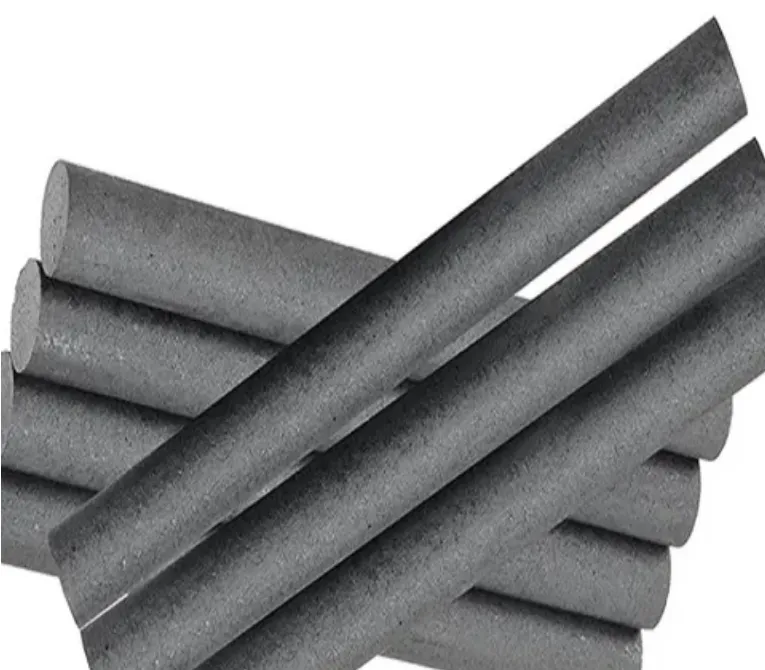
(making a graphite crucible)





 Pervious
Pervious
 Next
Next
